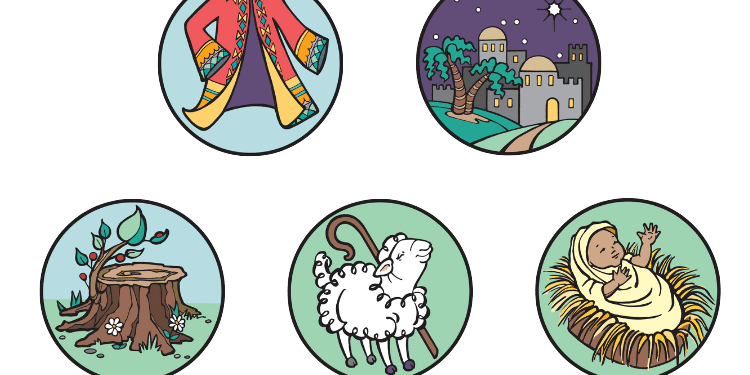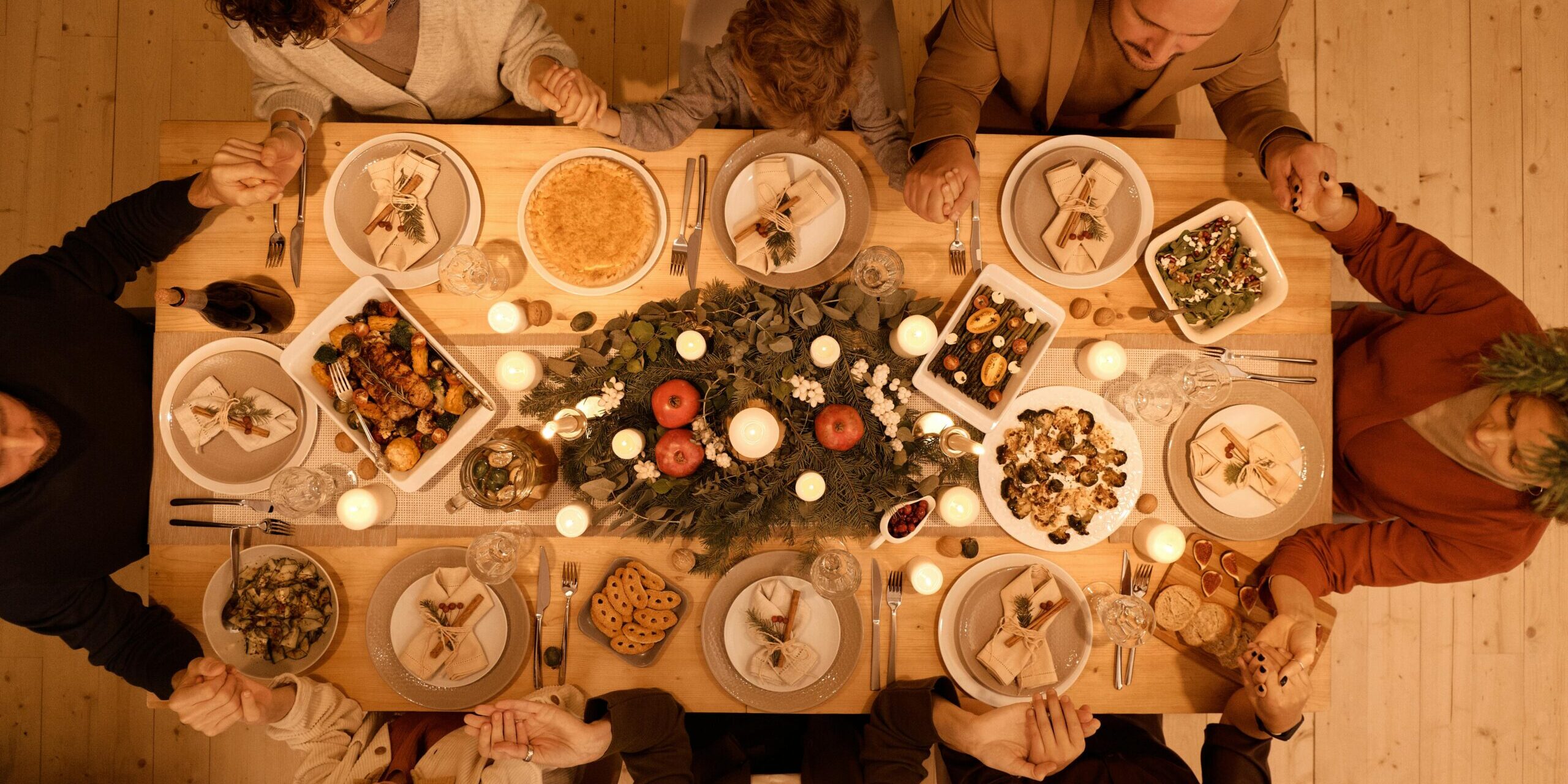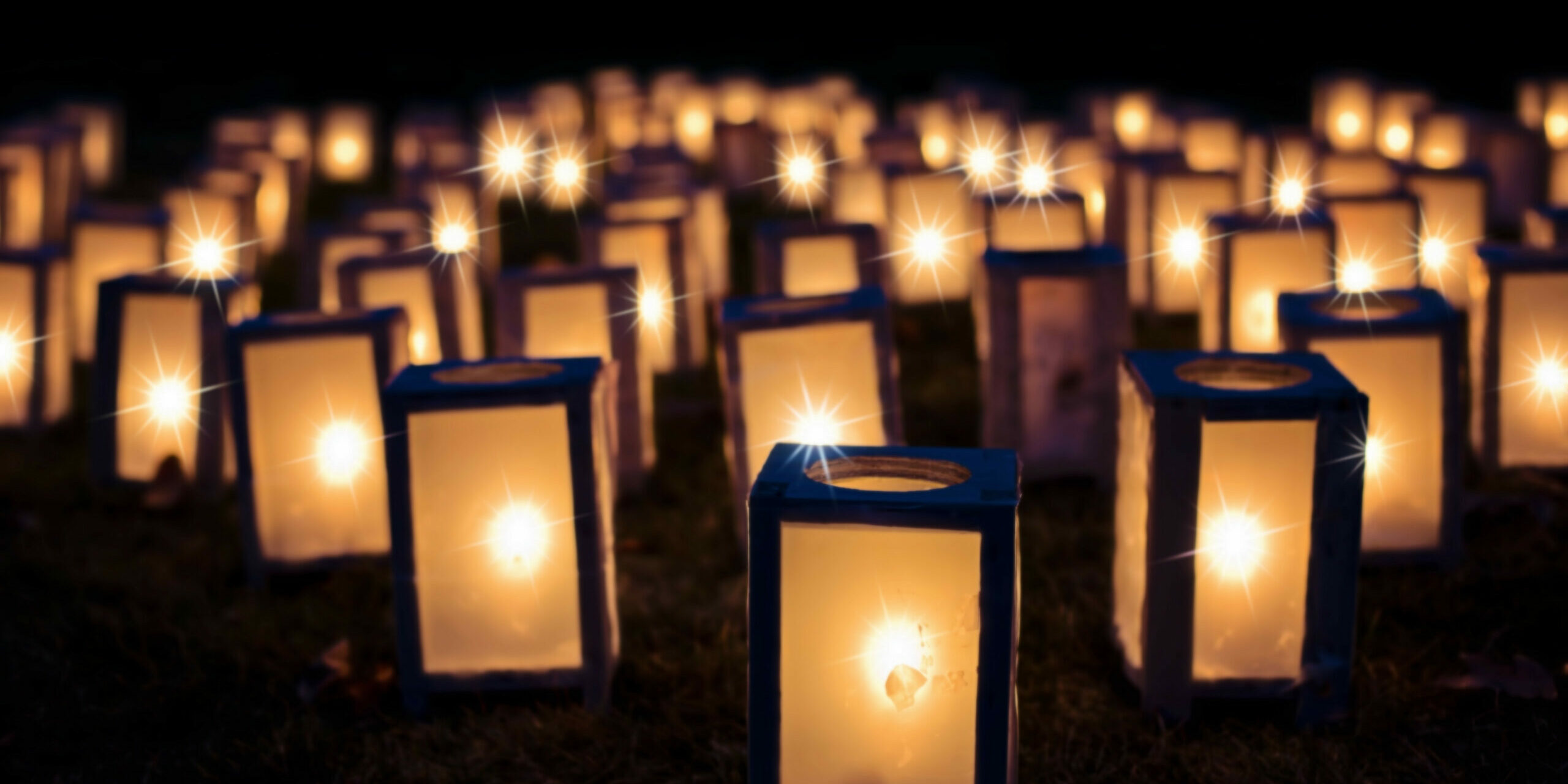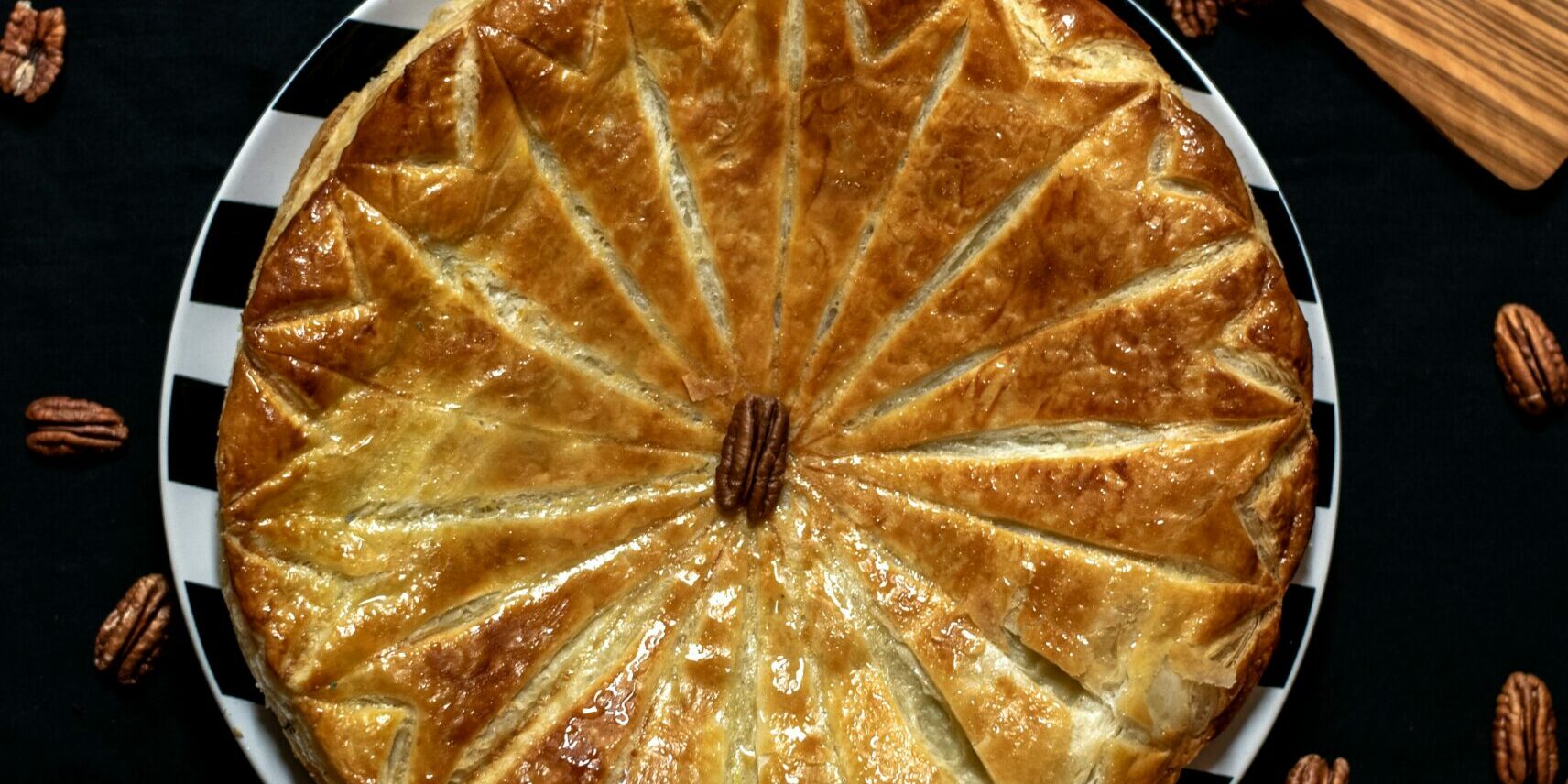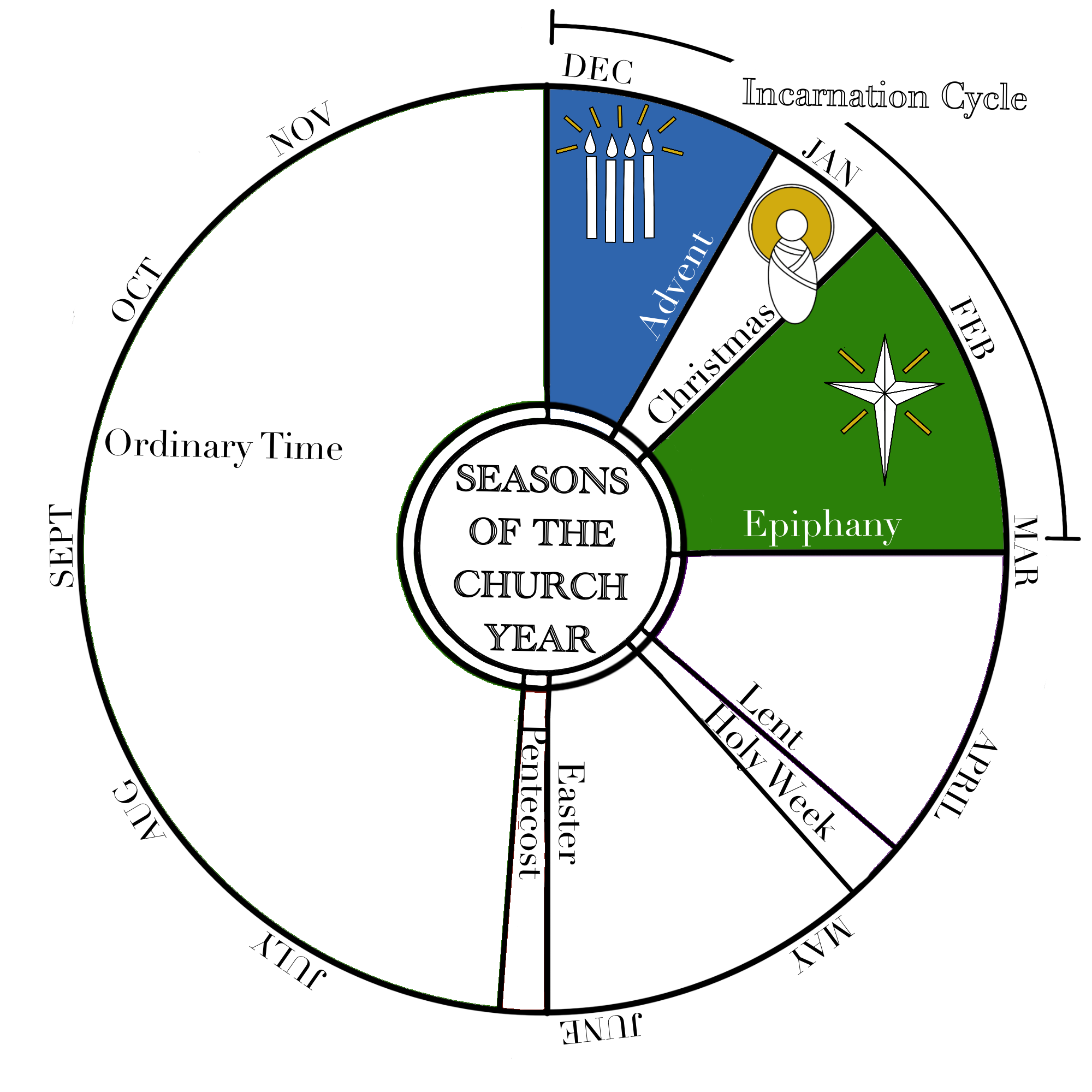
what is the Incarnation Cycle?
The Incarnation Cycle anticipates, celebrates & affirms Christ as Messiah and God with us. Advent is the first season of the Church year. It lasts for four weeks and begins four Sundays before Christmas Day. During Advent we prepare and wait for Christ's coming. The Season of Christmas begins on Christmas Day (December 25) and continues for 12 days. We celebrate Christ among us during Christmas. January 6 begins the Season after Epiphany, when we acclaim Christ as revealed to us in the fulfillment of prophesies. This season lasts until Ash Wednesday.
why is celerating Advent, Christmas & Epiphany important?
Advent is a season of fasting and waiting, not only in preparation to celebrate Christmas, but also in longing for Christ to make himself known among us now and in His second coming. Advent and Christmas are often confused because many people begin celebrating Christmas before it arrives. Just like the season of Easter is prefixed with a season of preparation (Lent), so too Advent is the season of preparation for the season of Christmas.
To celebrate Advent as a time of preparation and waiting, however, we must do our best to shift from the cultural confusion of the season, refocusing our hearts toward hopeful longing. In Advent, we remember how the world waited for his first coming, and we practice anticipation for his second coming. After the waiting of Advent is over, we celebrate Christmas Day and welcome Christmastide as a time to feast, rejoice and celebrate Immanuel, "God with us." Christmastide is a holy and joyful season of celebrating the profound delight of the birth of our Lord and King, the Savior of the world, Jesus Christ. The season lasts from the evening of December 24th to January 5th (the 12 days of Christmas) and culminates on January 6 with the Feast of Epiphany, on which we remember the Magi coming to worship the Christ Child.


